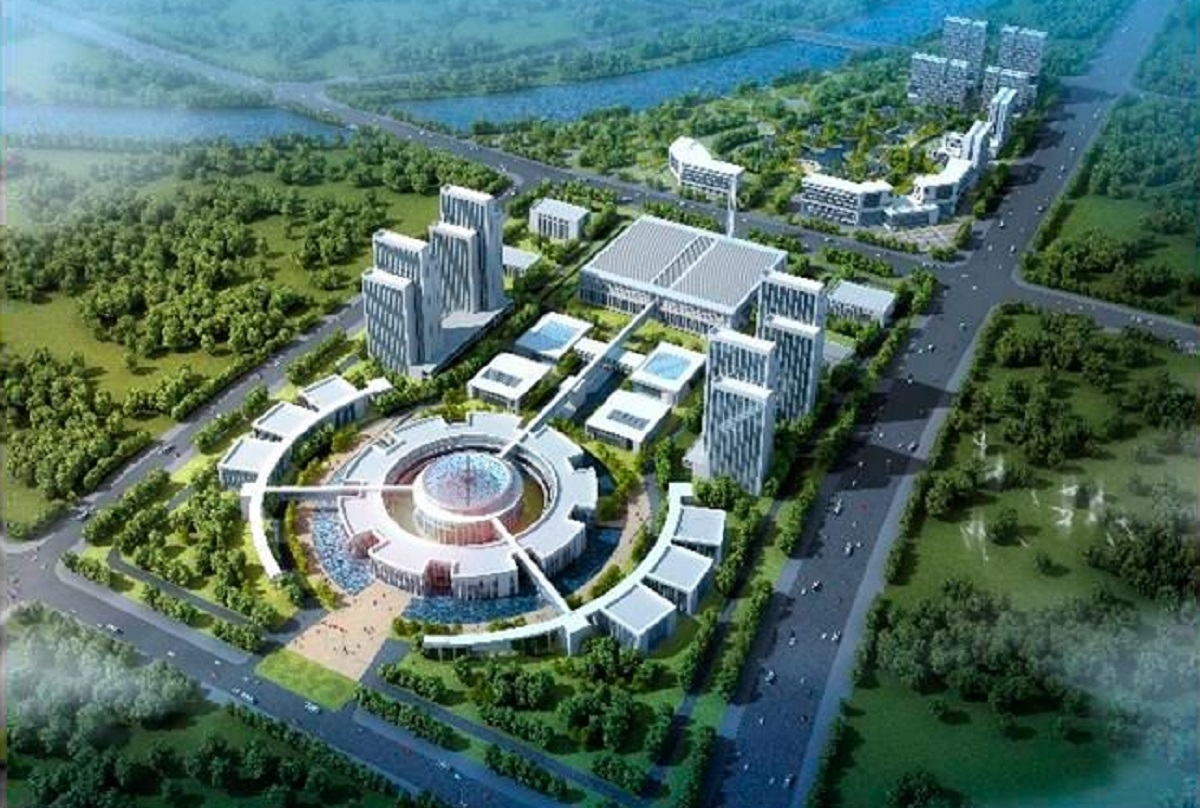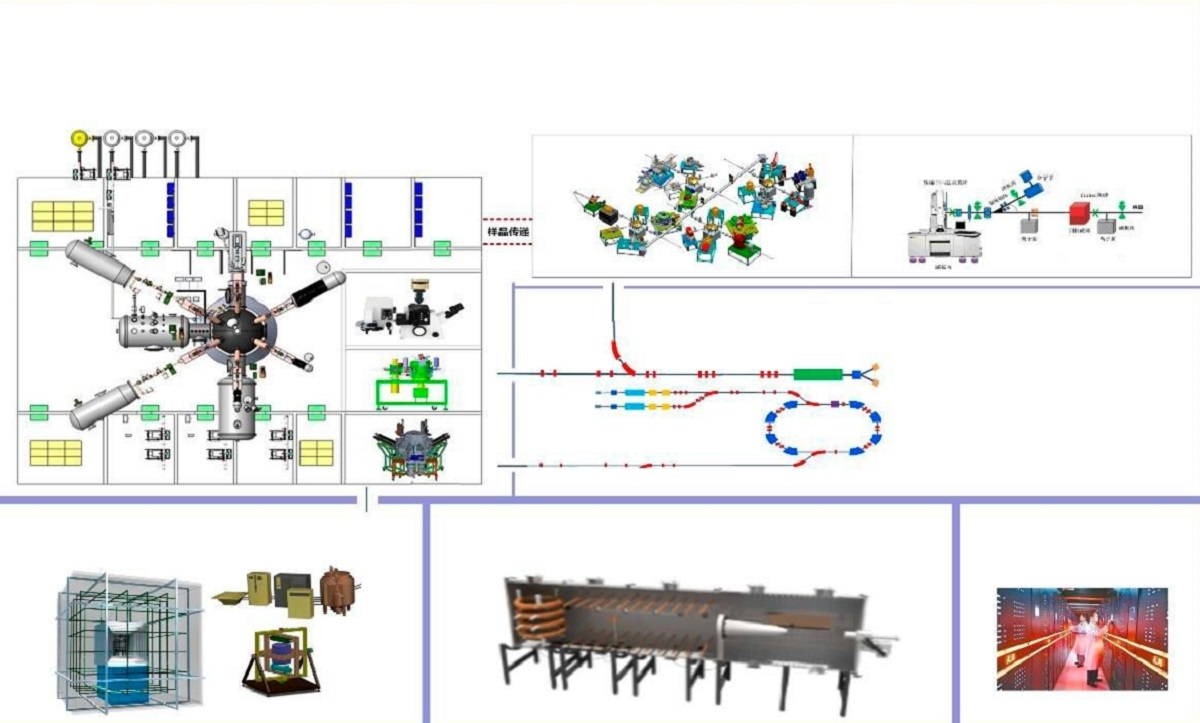Physicists at St Petersburg University to simulate the process that causes space explosions
Scientists in the Department of Earth Physics at St Petersburg University have won a three-year grant from the Russian Science Foundation and the National Natural Science Foundation of China (NSFC). It is part of the strategic partnership with Harbin Institute of Technology. The scientists will model magnetic reconnection that is thought to cause auroras, solar flares, and numerous other explosive phenomena in space. In particular, modelling this process is set to make human flights to Mars a reality.

Human mission to Mars is one of the major challenges in the field of space exploration in the 21st century. Proposals for human missions came from Russian and foreign space corporations and research organisations that are involved in outer space exploration. To launch humans to Mars is also what Chinese scientists are set to achieve. To this end, they are building the Space Environment Simulation Research Infrastructure (SESRI) in Harbin. The purpose is to study the outer space environment, which is filled with high-energy particles (known as penetrating radiation) that are dangerous to humans. Studying the outer space environment is crucial since, as scientists believe, a crewed Mars mission could take about a year, which would require a spacecraft that can withstand this load. In this regard, we should gain a deeper insight into how cosmic radiation can influence the spacecraft and biological systems. Additionally, we should study magnetic reconnection, through which charged particles, i.e. protons and electrons, are accelerated to high energies.

The joint research project is "Magnetic reconnection in space and laboratory plasma: computer simulations and empirical modelling". The Chinese scientists will create an artificial magnetosphere in a huge vacuum cylindrical chamber that is six metres in diameter and ten metres in length. By doing so, they will be able to place several dozen sensors inside the chamber to measure the magnetic field. The physicists at St Petersburg University, in their turn, will simulate the processes of magnetic reconnection occurring in the chamber and the generation of accelerated particles.
‘Nikolai Tsyganenko, Associate Professor in the Department of Earth Physics at St Petersburg University, has previously developed a family of models of the Earth’s magnetosphere. The model is globally recognised and it is the result of painstaking work with data that scientists across the globe have been collecting for many years from numerous spacecrafts launched in the near-Earth space. In this project, the work will proceed in a similar way. The methods that have been perfected during the modelling of the Earth’s magnetosphere will be applied to the data obtained at the SESRI in Harbin,’ explained Vladimir Semenov, Head of the Department of Earth Physics at St Petersburg University.
In 2022, a record number of applications were submitted to the competition of the Russian Science Foundation. There were more than 800 submitted, and only 67 projects received support. The size of one grant from the Russian Science Foundation will range from 4 to 7 million roubles annually. The three-year research projects are planned to be implemented from 2023 to 2025. St Petersburg University also won another grant "Chinese Eastern Railway as a trans-border socio-cultural system: studying its history, reconstructing and modelling mechanisms of cultural heritage protection".
The project will also focus on numerical modelling and calculation of all processes occurring in the magnetosphere. The physicists from the group of Andrei Divin will calculate and describe what will happen to the magnetic field and plasma consisting of billions of protons and electrons in the process of magnetic reconnection. The project will be implemented in close cooperation with the Laboratory for the Research of the Ozone Layer and the Upper Atmosphere at St Petersburg University. The Laboratory is currently developing an integrated model "atmosphere-magnetosphere-ionosphere". The Laboratory for the Research of the Ozone Layer and the Upper Atmosphere was opened as part of the mega-grant of the Government of the Russian Federation and is headed by Evgeny Rozanov.
Apart from enabling us to organise long-term space missions, the study of the artificial magnetosphere can help us gain a better insight into how solar activity can influence the Earth’s magnetic field and space weather. We can also gain a deep and accurate understanding of how solar activity can influence performance of spacecrafts in the near-Earth space; operation of power lines in the Arctic; and human health.

